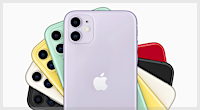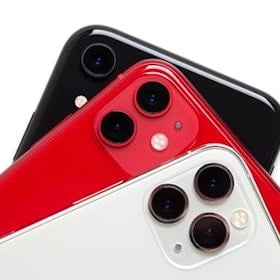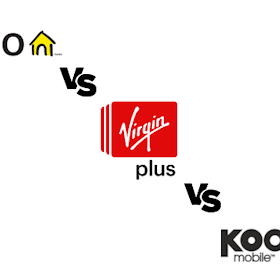Cell Phone Reviews
Nokia Lumia 920 Review
The Nokia Lumia 920 is Nokia’s first flagship device for the new Windows Phone 8 platform. Complete with Nokia’s increasingly iconic unibody polycarbonate design, ClearBlack HD display technology and the new PureView camera, the Lumia 920 has a good chance of being the best Windows Phone yet.
Nokia Lumia 820 Review
The Nokia Lumia 820 is one of the two debut smartphones for Nokia on the new Windows Phone 8 platform. Of the two, the Lumia 820 is the lower-end model and is aimed at the mid-range handset market. Despite playing second fiddle to Nokia’s current flagship, the Lumia 820 is still a surprisingly powerful and solid smartphone.
Nokia Lumia 610 Review (Global)
The Nokia Lumia 610 is the affordable compatriot of the current Nokia flagship: the Nokia Lumia 900. The Lumia 610 has taken to its budget-smartphone label with some pretty serious aplomb, boasting heavily toned-down hardware and specs in order to keep costs low. The real question is whether or not this Windows Phone 7.5 powered device suffers from its lack of impressive internals. To find out read on as we continue our Nokia Lumia 610 review.
Samsung Galaxy S3 Review (Global)
The Samsung Galaxy S3 (aka S III) should need no introduction. It’s the latest record-breaking Android flagship device from the world’s #2 smartphone manufacturer. Bringing more than just upgraded specs to the table, the Galaxy S3 is the fastest-selling Android smartphone to date with an estimated 19 million units to have shipped by the end of Q3 of 2012.
HTC One S Review (Global)
The HTC One S is the second smartphone down the new HTC One line of phones comprise of the One X, One S and One V in descending order of hardware specs. The One S is a sleek device aimed at providing a solid, modern Android experience without charging premium rates or relying on OS updates. We grabbed a hold of one to see just how successfully HTC managed to deliver this reliable yet affordable experience to its users with our HTC One S review.
Samsung Galaxy Note Review
We know this one’s a little late, but we thought that while we eagerly await Samsung’s Galaxy S III to show up on our doorstep and with the Galaxy Note 2 supposedly around the corner we should at least finally do a Samsung Galaxy Note review. The phone/tablet, or “phablet”, hybrid has sparked polarizing opinions amongst smartphone users regarding both its size and the viability of its capacitive stylus.
HTC One X Review (Global Version)
The HTC One X is HTC’s new Android 4.0 Ice Cream Sandwich (ICS) flagship device. Not only that, but the One X was the world’s first widely-released quad-core smartphone. As such it represents the next generation of the smartphone market and is an exciting indicator of things to come. For the meantime we got our hands on one to find out if it’s all that it’s cracked up to be and if the One X has a chance of taking some of the Android game back off of Samsung and delivering it to the waiting hands of HTC.
Nokia Lumia 710 Review
The Lumia 710 is the mid-range forerunner of Nokia’s new Windows Phone (WP) Lumia range of smartphones. The new WP focus for Nokia brings with it not only a change in overall user experience, but some unique approaches to external design and a subtle feeling of style not seen for a while in the Nokia range.
Nokia Lumia 800 Review
The Lumia 800 is the head-runner for Nokia’s new Windows Phone (WP) focus. Boasting the same stylish design as the Nokia N9, the Lumia 800 also comes running Windows Phone Mango, the first major update of the WP operating system (OS). We were certainly excited at the prospect of getting our hands on one to see if Nokia has what it takes to get back in the game with its new handset direction and overall we’d have to say that we weren’t disappointed.
Samsung Galaxy Nexus Review
The Samsung Galaxy Nexus has the honour of being the first Android 4.0 Ice Cream Sandwich (ICS) device available on the market. As a collaboration between Google and Samsung, the Galaxy Nexus both looks and functions a bit differently than other Samsung-manufactured smartphones we've seen in the past. We took it for a spin to check out its new operating system (OS), as well as wether or not the Galaxy Nexus is worthy of the Android flagship throne.
Find Better Phones and Plans
Hundreds of cell phone plans unpacked. All the facts. No surprises.













































